Ontario Nature Blog
Receive email alerts about breaking conservation
and environmental news.
© Lora Denis
Gananoque Lake © Caroline Schultz
As we come to the end of 2020, we want to celebrate some of our accomplishments, and the positive impact you help us have on the wild species and wild spaces you love. We are deeply thankful with our members, volunteers, nature network groups, and supporters for helping us make the best out of 2020. Despite dealing with a global pandemic and the government’s environmental de-regulation agenda, we are now able to reflect on our successes. Here is a selection of some of them.
This year we have been working on trying to increase the number of protected areas in Ontario. The federal government has committed to a new target of protecting 25 percent of our lands and waters by 2025, and we believe this present an excellent opportunity for protecting biodiversity hotspots in Ontario.
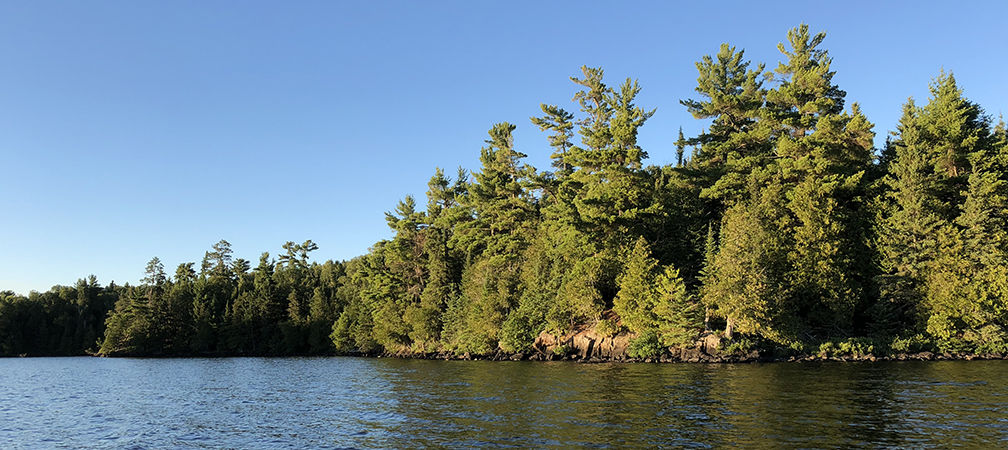
One success story from our Protected Places Campaign is the withdrawal of a northwestern Ontario peninsula from logging until 2031, which is an important step towards permanently protecting the Farabout Peninsula. Another important highlight was the launch of our joint report with Plenty Canada, the Indigenous Environmental Institute at Trent University, Walpole Island Land Trust and Frontenac Arch Biosphere Network, titled “Protected Areas and Climate Action in Ontario: A Cross-Cultural Dialogue.” The report highlights the importance of cross-cultural collaboration for enhancing understanding about the critical role protected areas play in conserving biodiversity and increasing resilience to climate change.
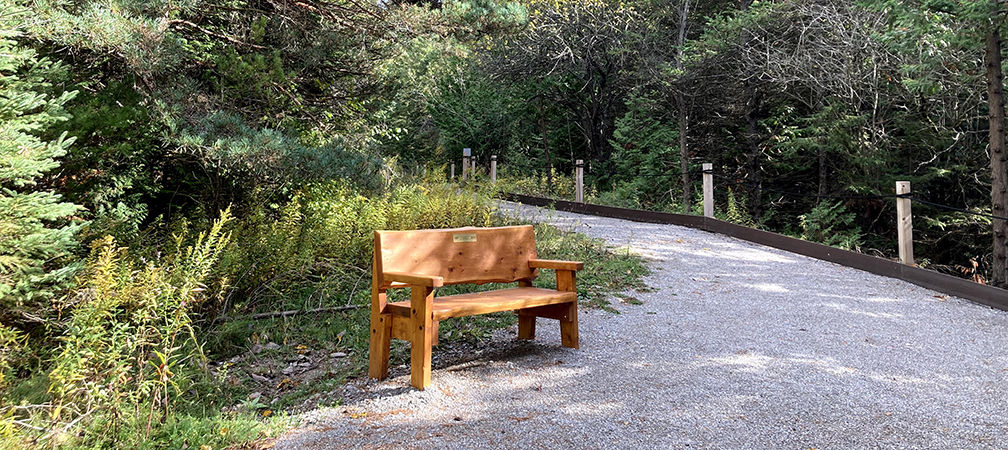
Ontario Nature conservation staff were busy this field season conducting physically distanced annual inspections of our nature reserves. Conservation and data collection projects included monitoring vegetation, salamander, and snake populations – creating and monitoring vernal pools, and removing invasive species.
We purchased our newest property, the Gananoque Lake Nature Reserve. This area is home to over 24 species at risk and one of the highest densities of rare species in our province.
One of this year’s highlights was the creation of a wheelchair accessible loop trail, with features for visually impaired individuals, at the Cawthra Mulock Nature Reserve. We also conducted post-burn monitoring at Stone Road Alvar on Pelee Island, which allowed us to advance our understanding of grassland-alvar species.
Finally, we raised $47,000 for nature reserves and the Sydenham River Watershed on Giving Tuesday! Your generosity will help us restore and protect the ecosystem where the Sydenham River Nature Reserve is located, an area rich in biodiversity and threatened by development.
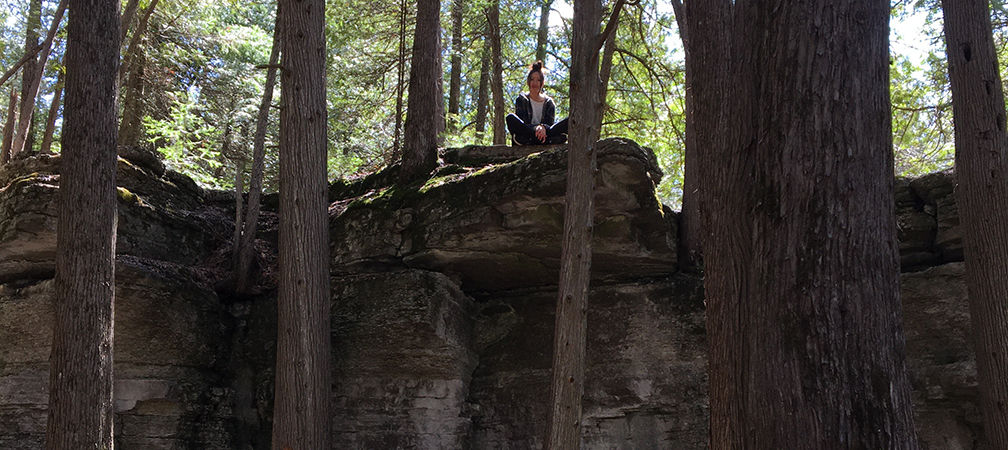
Ontario Nature’s Youth Council and leaders from the Youth Circle for Mother Earth joined together this summer to host the first Virtual Youth Summit for Mother Earth. Held over five weekends, the summit was an opportunity for Indigenous and non-Indigenous youth to develop leadership skills, connect with like-minded peers across cultures and engage in cross-cultural conversations about biodiversity conservation.
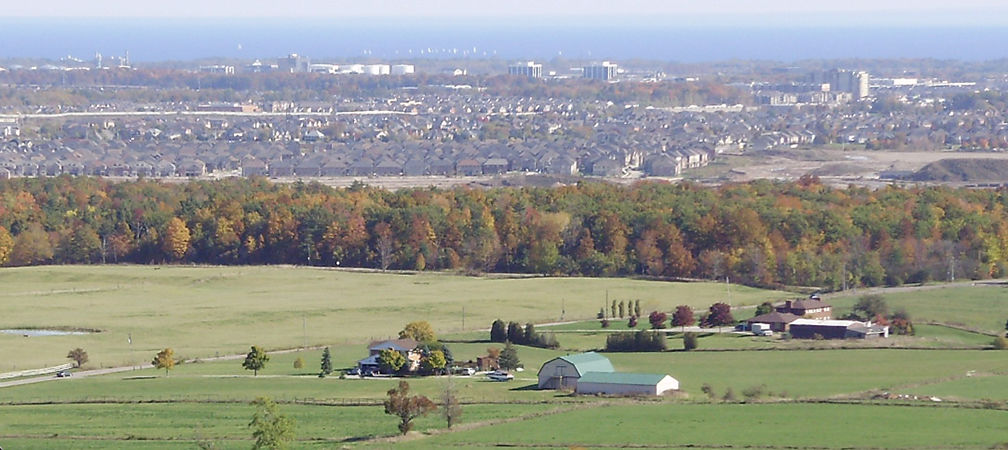
This year, the provincial government approved numerous changes to environmental regulations and provided little to no time for public input or consultation. For instance, in the summer the government passed the controversial Bill 197, making changes to the Environmental Assessment Act, the Planning Act, and other important legislations. With the Canadian Environmental Law Association and others, Ontario Nature is challenging the government’s non-compliance with the Environmental Bill of Rights.
Represented by Ecojustice and partnering with Environmental Defence we are suing the government over its unlawful use of a Minister’s Zoning Order to force through development on the provincially significant Duffins Creek wetlands complex.
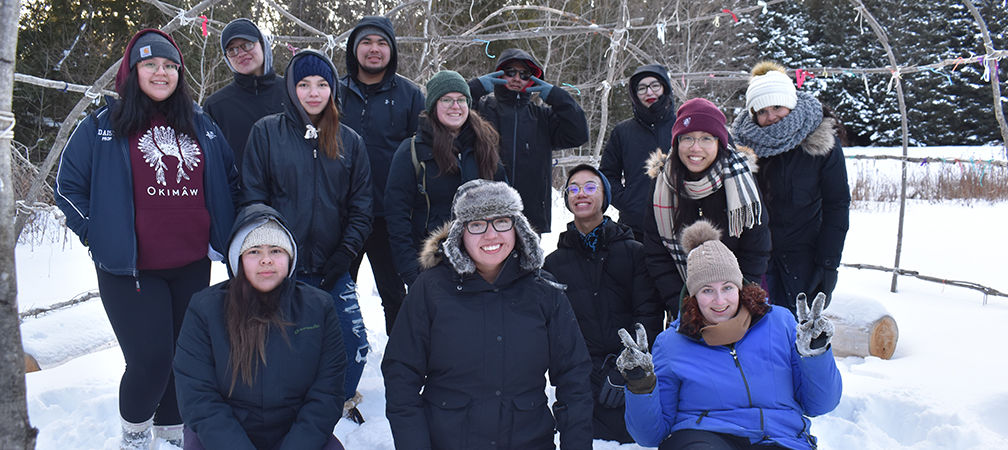
These accomplishments are not an exhaustive list! If you want to learn more about our Year in Review, we invite you to watch our Annual General Meeting on our YouTube channel, or read our 2019 – 2020 Annual Report.
Please consider making a year-end gift this holiday season to support our work to protect wild species and wild spaces through 2021. Also, remember to stay connected with us over the holidays via social media! If you’re not already doing so, follow us on Facebook, Twitter and Instagram.
Thank you for standing with us in 2020!

Gananoque Lake Nature Reserve © Smera Sukumar